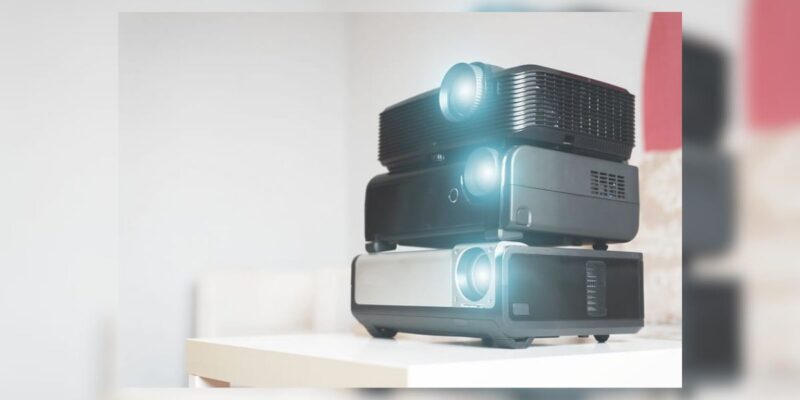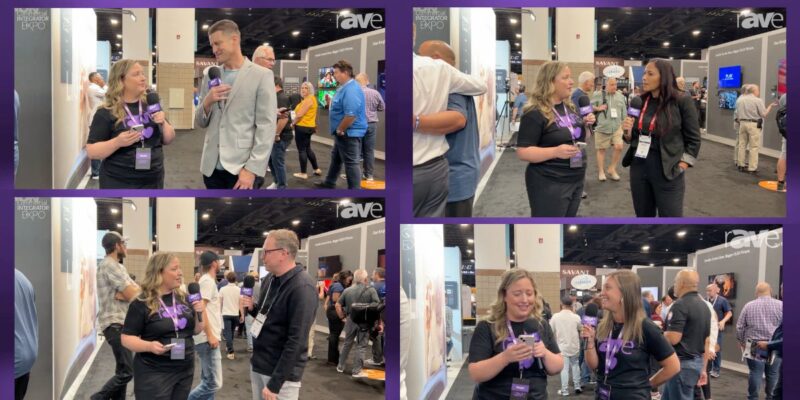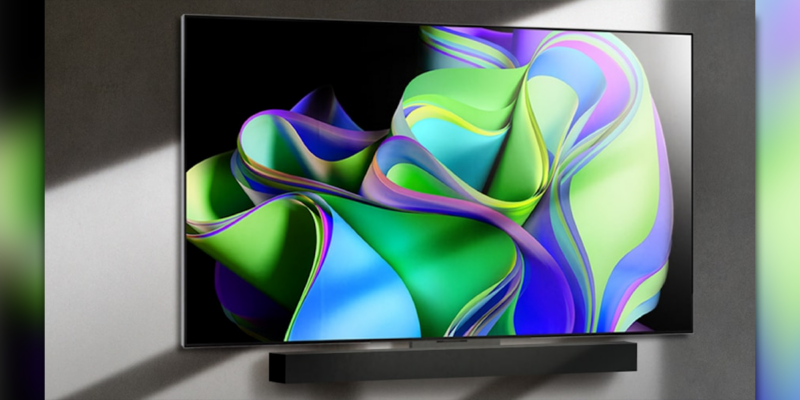The Finer Art of Gimmickry
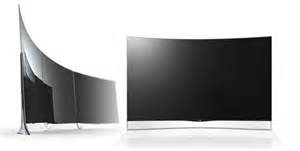 There are two major areas of buzz in the display market right now. The first is 4K, (or really 2160p), a technology that is arguably not ready for prime time for most applications until the content catches up to the standard (if you missed my thoughts on 4K, see them here). The second display technology making its press release rounds, is the curved OLED Screen, and it is on this technology that I felt compelled to give some thoughts.
There are two major areas of buzz in the display market right now. The first is 4K, (or really 2160p), a technology that is arguably not ready for prime time for most applications until the content catches up to the standard (if you missed my thoughts on 4K, see them here). The second display technology making its press release rounds, is the curved OLED Screen, and it is on this technology that I felt compelled to give some thoughts.
Why Curve a Screen?
For those of us who have been around the block in AV curved screens are nothing new. Projection screen manufacturers like Da-Lite and Stewart have been producing large format curved front projection screens for some time. In large format, front projection scenarios this makes complete sense.
In a front projection environment, a screen has a gain coating that reflects the light back to the viewer. This means that projection screens have always had a viewable “cone” where the image would be seen at full brightness. As the screen increases in scale, the image has the potential to get dimmer at the edges just due to physics of the way the light is reflecting.
Light projected from a center point hits the edge of the screen at an angle and reflects outward in an opposite fashion. The larger the screen, the steeper the angle of entry at the edges, and the steeper the outward angle of reflection, making the image dimmer to the viewers at those locations. Make sense? Good! (If not, I heard there was some CTS thing out there that covers some of this…)
So in the world of front projection, where light is being reflected back to the viewer curved screens are a GREAT idea. They curve at the edges in toward the audience. That curve means that the same light projected from a center point, now hits the screen at a shallower angle, creating a reflection back in toward the viewer, and keeping the image uniformly bright and sharper even at the extreme edges.
What is the Advantage and Promise of OLED?
The image that you see on a curved OLED is not produced by reflected light. It is produced at the display, meaning the image is projected at the viewer from the screen (as opposed to bouncing off the screen to the viewer in a front projection environment). Look up OLED if you want to know exactly how it works, that isn’t the main point here.
The point is that OLED screens project light toward the viewer and have wide viewing angles. They project light very uniformly in a wide angle toward the audience, meaning that off axis viewing and perceived brightness at the edges is not an issue. Even if the screen were larger than the 55″ curved OLED introductions we are seeing, the need for a curve is non-existent based on the way OLED projects light toward the viewer.
The real promise of OLED is in separating the electronics to a control box, and being able to connect 1 wire to an OLED film of 100″ that you just adhere to a surface. Now, when that happens, projectors and screens are replaced by a thin flexible screen material that produces its own light without a bulb or any other consumables. It is also in a flat panel that is more energy efficient although in the current form, OLED takes a ton of power to create “white” which is why Quantum Dot Screen technology is being explored as well (never heard of that? Click here)
So why are they curving these new OLED screens?
And now ladies and gentlemen, comes the finer art of gimmickry!
OLED is flexible, thin and oh yeah, expensive. Putting it into a “flat” screen does not take advantage of OLED’s flexible nature, and curving the screen doesn’t take advantage of its thinness.
So how do you take a technology that has been developed at a high cost and try to make it attractive to consumers before its time? Introduce a gimmick. That is all the curve in theses OLED screens provides.
I know what you are asking, if it spurs sales how is it a bad thing? Well here is the bad part. We talked earlier about how a curved screen reflects light and…
That same science says that a curved TV screen will reflect other sources of light back to the viewer.
 Windows or lights behind the viewer will be reflected back to the viewer introducing more reflections and causing more glare. (Even anti-glare coatings have glare, they just dissipate it a bit.) So the curve actually detracts from the image quality in this scenario, as opposed to improving it like in the projection example.
Windows or lights behind the viewer will be reflected back to the viewer introducing more reflections and causing more glare. (Even anti-glare coatings have glare, they just dissipate it a bit.) So the curve actually detracts from the image quality in this scenario, as opposed to improving it like in the projection example.
The other part is that the curved screen may look nice if it sits on a piece of furniture like a credenza etc, but it is a terrible idea for a wall installation.
Curved OLED is Off the Wall!
One of the major customer requests with flat panel installations I received was to get it as close to the wall as possible. This was not only to increase clearance and eliminate the potential to “clip” a screen with an arm or shoulder while passing by, but also to mitigate the view of the mounting hardware and cables behind, not to mention any video extension or signage boxes that may reside back there. LED-lit LCDs have helped a lot in creating more clearance, and the fusion of thinner mounts and better back plate and rail designs have mitigated the cable view issues.
Curved OLED destroys all that, as the edges curve away from the wall, enhancing the viewable angles to the mount and cabling, and revealing the very things customers desire to hide.
Curved OLED also stands off the wall more than an LED lit LCD would, bringing the accidental “clipping” issues back into the picture. I would argue that the potential damage to these screens from clipping is also much higher as you are putting uneven pressure on the curved substrate.
At the end of the day, design considerations may mean that form takes precedence over function in these displays. They will perhaps look pretty in environments with well designed lighting, sitting on a modern piece of AV furniture.
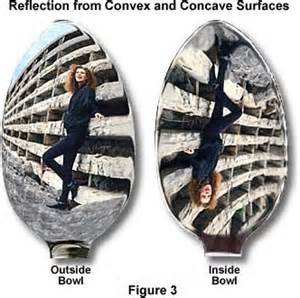 However, in most cases these screens will cause more issues than they solve. Hey, OLED manufacturers! Why not go one step further and make these screens curve left to right and top to bottom? Then you could harvest reflections from all over the room and reflect images upside down on top of the images being projected by the screen right side up! (Try this at home by looking at your reflection in the “bowl” of a spoon.)
However, in most cases these screens will cause more issues than they solve. Hey, OLED manufacturers! Why not go one step further and make these screens curve left to right and top to bottom? Then you could harvest reflections from all over the room and reflect images upside down on top of the images being projected by the screen right side up! (Try this at home by looking at your reflection in the “bowl” of a spoon.)
Now that wouldn’t be distracting at all.
What are your thoughts on curved OLED? Weigh in below!




